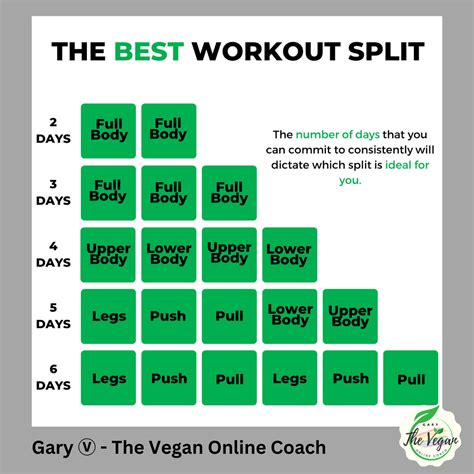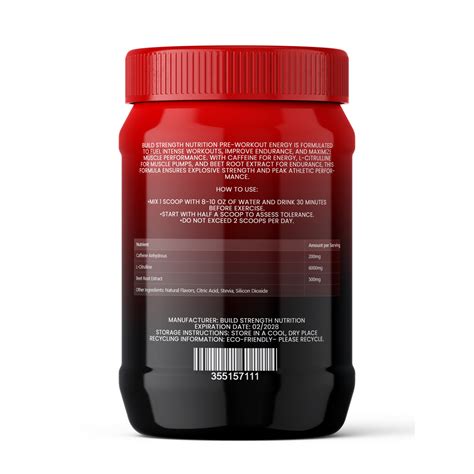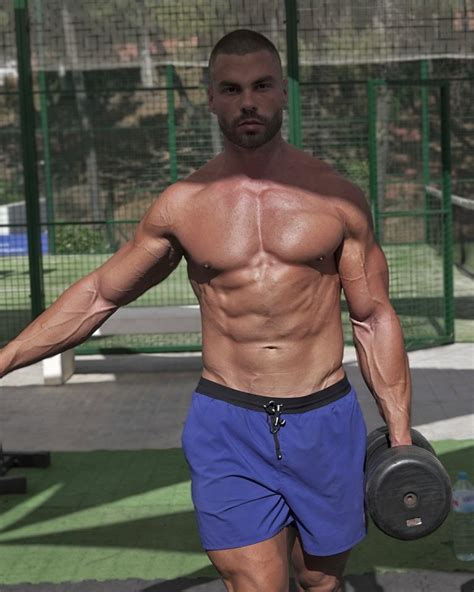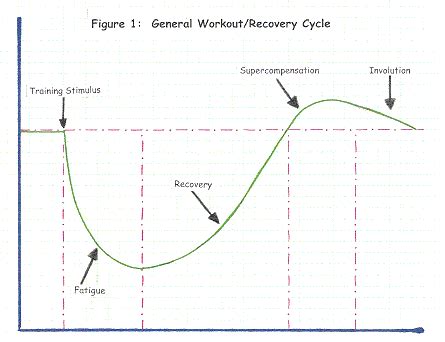What’s the most efficient workout split for peak strength & muscle?

In the world of fitness, the quest for the ultimate workout split to achieve peak strength and muscle growth is never-ending. With countless routines promising optimal results, it can be challenging to determine which structure truly delivers. The ‘best’ split isn’t a one-size-fits-all answer, but rather depends on individual factors like training experience, recovery capacity, time commitment, and specific goals. Let’s delve into the most popular and scientifically supported workout splits to help you find your ideal path.
Understanding Workout Splits and Their Importance
A workout split refers to how you organize your training sessions over the course of a week, allocating specific muscle groups or movement patterns to different days. The goal of an effective split is to provide sufficient stimulus for growth and strength adaptation while allowing adequate recovery for each muscle group. Achieving a balance between training frequency, volume, and intensity is crucial for consistent progress.
Evaluating Popular Workout Splits for Strength & Muscle
1. Full Body Workout (2-3 times/week)
This classic approach involves training all major muscle groups in each session. Typically performed 2-3 times per week, it allows for high training frequency per muscle group, which is highly beneficial for both strength development and muscle protein synthesis. It’s excellent for beginners to build foundational strength and learn movement patterns, but also effective for advanced lifters focusing on compound movements.

- Pros: High frequency for all muscle groups, excellent for strength and skill acquisition, time-efficient (fewer gym days).
- Cons: High fatigue per session, can limit total volume per muscle group if not carefully programmed, requires good recovery between sessions.
2. Upper/Lower Split (4 times/week)
The upper/lower split divides your training into upper body days and lower body days, usually performed twice a week for each. This allows for a good balance of frequency and volume. Each muscle group is hit twice a week, providing ample stimulus for growth, and allows for more focused volume per session compared to a full-body routine.
- Pros: Good frequency (twice a week per muscle group), allows for higher volume per session than full body, balances recovery.
- Cons: Requires 4 training days, which might be a time commitment for some.
3. Push/Pull/Legs (PPL) Split (3 or 6 times/week)
The PPL split organizes exercises based on their movement patterns: Push (chest, shoulders, triceps), Pull (back, biceps), and Legs (quads, hamstrings, glutes, calves). When done 3 times a week, each muscle group is trained once. When done 6 times a week (PPLPPL), each muscle group gets stimulated twice, offering a very high frequency and volume potential.
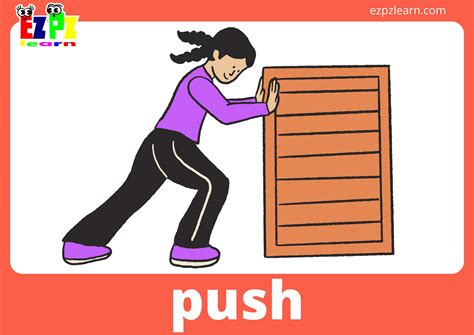
- Pros: Logical muscle grouping, allows for very high volume per muscle group (especially if 6x/week), excellent for hypertrophy, good recovery for specific muscle groups between sessions.
- Cons: 6-day split is very time-consuming, 3-day split might lack frequency for optimal strength gains for some individuals.
4. Body Part Split (Bro Split) (5-6 times/week)
This involves dedicating an entire session to one or two muscle groups (e.g., Chest day, Back day, Leg day, Shoulder day, Arm day). While popular among bodybuilders in the past, research suggests its lower frequency (once a week per muscle group) is generally less optimal for strength and hypertrophy compared to splits that hit muscles more often, especially for natural lifters.

- Pros: Allows for extremely high volume on a single muscle group, can lead to a significant pump and muscle soreness, good for advanced bodybuilders focusing on specific muscle lagging.
- Cons: Low training frequency per muscle group, generally less efficient for strength gain, may not be optimal for hypertrophy for natural lifters.
Key Factors in Choosing Your Ideal Split
To pinpoint the most efficient workout split for you, consider these crucial factors:
- Training Frequency: How often can you train each muscle group or movement pattern? Generally, hitting muscles 2-3 times per week is ideal for most.
- Volume: The total amount of work (sets x reps) you do. Different splits allow for different distribution of volume.
- Recovery: Your ability to recover between sessions. Adequate rest, nutrition, and sleep are paramount.
- Time Commitment: How many days a week can you realistically commit to the gym?
- Experience Level: Beginners often thrive on full-body routines, while intermediates and advanced lifters might benefit from higher volume splits like Upper/Lower or PPL.
- Personal Preference: Adherence is key. Choose a split you enjoy and can stick to consistently.

The Verdict: Is There One “Best” Split?
While there’s no single perfect answer, for most individuals looking to maximize both strength and muscle, workout splits that allow for a training frequency of 2-3 times per week per muscle group tend to be the most efficient. This includes:
- Full Body (3x/week): Excellent for beginners and those with limited time.
- Upper/Lower (4x/week): A highly effective choice for intermediate lifters.
- Push/Pull/Legs (6x/week): Ideal for advanced lifters with significant time commitment and good recovery capacity.
The key is consistency and progressive overload within your chosen structure. Whichever split you choose, ensure you’re gradually increasing the challenge over time – lifting heavier, doing more reps, or increasing total volume – to continuously stimulate adaptation. Experiment, listen to your body, and adjust as needed to find what works best for your unique goals and lifestyle.

